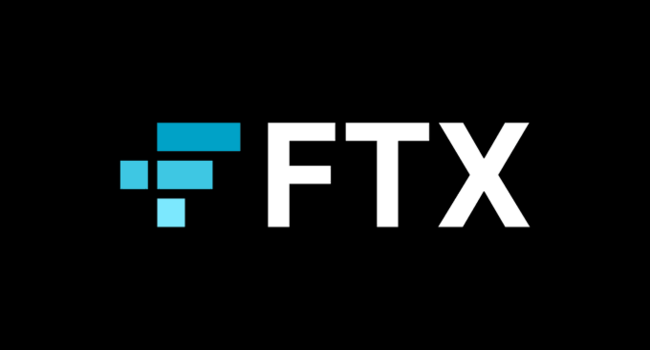Highlights:
- FTX is facing renewed scrutiny after dropping its global repayment plan following major creditor opposition.
- FTX withdrew its motion after pressure from Chinese claimants on its bankruptcy process in Delaware.
- Sam Bankman-Fried insists FTX was never insolvent and blames the bankruptcy team for mismanaging assets.
FTX has dropped its proposal to restrict creditor repayments across 49 countries after facing strong opposition from claimants. The plan was part of its Chapter 11 bankruptcy process in Delaware and aimed to classify several regions as restricted for repayment.
News
FTX withdraws motion seeking to limit repayments in China, Russia and other restricted jurisdictions#BTC #ETHEREUM #ALTCOIN pic.twitter.com/LRRKuNysWQ— AlertsAlgosBots (@Adanigj) November 4, 2025
The “Restricted Jurisdiction Procedure” included countries such as China, Russia, Ukraine, Pakistan, and Saudi Arabia. Together, these claims totaled about $800 million, or roughly 5% of FTX’s projected $16 billion in distributions. China represented nearly 82% of that figure, making it the most affected.
FTX intended to hire local legal experts to assess compliance issues in each country. If local rules blocked repayment, the plan allowed the estate to forfeit those claims and redistribute funds to other creditors. The suggestion caused an instant reaction. Creditors claimed that it breached the principle of fairness in bankruptcy and discriminated against citizens of particular countries.
The action was perceived as discriminatory and could be devastating to thousands of foreign customers awaiting compensation. It was widely claimed that FTX would need to address legal complexities on a case-by-case basis rather than blacklist whole regions. The intense response preconditioned an actual legal battle that compelled the exchange to rethink its strategy.
Creditor Backlash Forces FTX to Withdraw Repayment Restrictions
FTX officially withdrew the motion on Monday “without prejudice,” meaning it can refile a similar request in the future. The move followed formal objections from more than 300 Chinese creditors represented by Singapore-based tax resident Weiwei Ji.
Ji argued that FTX failed to provide a valid legal or factual basis for labeling China as restricted. He said the proposal lacked transparency and fairness. In his filing, he said Chinese courts had already managed crypto-related cases, and that repayment compliance could be feasible under Chinese law.
The objection urged the Delaware bankruptcy court to reject any attempt to deny repayment based on nationality or citizenship. Many creditors viewed the motion as a serious threat to their recovery rights. The filing described the plan as inconsistent with U.S. bankruptcy fairness standards.
These objections attracted the attention of the court, which made FTX withdraw. The decision to withdraw was a relief to the large number of investors who were anxious that they might lose their claims altogether. In the meantime, the reversal is a symbolic win for aggrieved creditors. Nevertheless, it is still unclear how FTX is going to repay in complex jurisdictions going forward.
Legal professionals think that the bankruptcy team will have to devise a more balanced strategy. The firm can engage regulators in risky markets rather than implementing blanket bans.
Sam Bankman-Fried Revives Debate on FTX Solvency Ahead of Appeal
This exit is accompanied by the continued efforts of former FTX CEO Sam Bankman-Fried to question the official bankruptcy narrative. The convicted founder, serving a 25-year sentence for fraud and conspiracy, insists FTX was never insolvent.
[SBF says:]
This is where the money went. https://t.co/HVRwEw5Z1k https://t.co/5DrA13L5YE pic.twitter.com/O6q77DvmTn
— SBF (@SBF_FTX) October 31, 2025
In a recent statement, he said both FTX and Alameda Research had enough assets to repay customers in full. He blamed the bankruptcy team for misrepresenting financial records and liquidating valuable assets too early. Bankman-Fried said the company faced a liquidity crunch caused by rapid withdrawals, not insolvency.
He will face the U.S. Court of Appeals in the Second Circuit in New York this week. His family has made multiple appeals to President Donald Trump to grant clemency based on prior crypto-related pardons. FTX declared bankruptcy following internal fund movements between FTX and Alameda that precipitated a liquidity crunch. The case stands as one of the largest crypto failures of all time.
Best Crypto Exchange
- Over 90 top cryptos to trade
- Regulated by top-tier entities
- User-friendly trading app
- 30+ million users
eToro is a multi-asset investment platform. The value of your investments may go up or down. Your capital is at risk. Don’t invest unless you’re prepared to lose all the money you invest. This is a high-risk investment, and you should not expect to be protected if something goes wrong.






